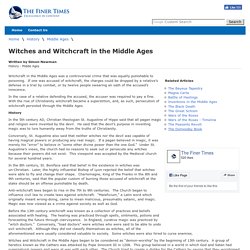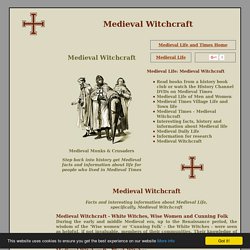

A Brief History of Bloodletting - History in the Headlines. The ancient practice of bloodletting might offer cardiovascular benefits to obese people with metabolic syndrome, a new study published today in the journal BMC Medicine suggests.

As the medical community contemplates its revival, explore this long-abandoned procedure’s age-old history, from its early roots to its use on figures such as George Washington and Marie-Antoinette. Several thousand years ago, whether you were an Egyptian with migraines or a feverish Greek, chances are your doctor would try one first-line treatment before all others: bloodletting. He or she would open a vein with a lancet or sharpened piece of wood, causing blood to flow out and into a waiting receptacle. If you got lucky, leeches might perform the gruesome task in place of crude instruments.
Considered one of medicine’s oldest practices, bloodletting is thought to have originated in ancient Egypt. America’s first president was less fortunate than France’s most infamous queen. Witches and Witchcraft in the Middle Ages. Written by Simon Newman History - Middle Ages Witchcraft in the Middle Ages was a controversial crime that was equally punishable to poisoning.

If one was accused of witchcraft, the charges could be dropped by a relative’s defense in a trial by combat, or by twelve people swearing an oath of the accused’s innocence. In the case of a relative defending the accused, the accuser was required to pay a fine. With the rise of Christianity witchcraft became a superstition, and, as such, persecution of witchcraft persisted through the Middle Ages. History In the 5th century AD, Christian theologian St. Conversely, St. In the 8th century, St. Anti-witchcraft laws began to rise in the 7th to 9th centuries. Before the 13th century witchcraft was known as a collection of practices and beliefs associated with healing. Witches and Witchcraft in the Middle Ages began to be considered as “demon-worship” by the beginning of 13th century.
During this time St. Magic. Medieval Witchcraft. Facts and interesting information about Medieval Life,specifically, Medieval Witchcraft Medieval Witchcraft - White Witches, Wise Women and Cunning FolkDuring the early and middle Medieval era, up to the Renaissance period, the wisdom of the 'Wise women' or 'Cunning Folk' - the White Witches - were seen as helpful, if not invaluable, members of their communities.

Their knowledge of the healing properties of various plants and herbs were often passed down through the generations. Their role was to provide help for people in need. Medieval Witchcraft - Black WitchesThe White witches were clearly distinguished from the 'Black' witches. The 'Black' witches were seen as those who practised the secret arts of Medieval witchcraft in order to do physical or practical harm to others.
Health and Medicine in Medieval England. Health and medicine in Medieval England were very important aspects of life.

For many peasants in Medieval England, disease and poor health were part of their daily life and medicines were both basic and often useless. Towns and cities were filthy and knowledge of hygiene was non-existent. The Black Death was to kill two thirds of England’s population between 1348 and 1350. In 1349, Edward III complained to the Lord Mayor of London that the streets of the city were filthy: No one knew what caused diseases then.
Other theories put forward for diseases included “humours”. Astronomers blamed the planets going out of line As important, no-one knew how diseases spread – the fact that people lived so close together in both villages and towns meant that contagious diseases could be rampant when they appeared; as happened with the Black Death. Physicians were seen as skilled people but their work was based on a very poor knowledge of the human anatomy. Operations were carried out by ‘surgeons’. Tony Robinson on the top five superstitions that gripped medieval Britain. Ancient Britons didn’t despatch people willy-nilly, but in times of crisis – if a whole community was rocked by plague, say – then they might decide to sacrifice somebody as a way of bartering with the gods.
In some cases, a wicker pyre in the shape of a man would be stuffed with animals and even human offerings. We can trace this practice back to Celtic times. The Celts saw the world in which they lived as crammed full of gods. To appease them, they would sacrifice something important: tools, jewellery, a sword (which would be as valuable as a car in today’s terms), slaves or, ultimately, members of the community. This ritual only ended when new religions, like Mithraism and Christianity, took hold. Malleus Maleficarum, a handbook explaining how to identify, capture and kill a witch, was first published in Germany in 1487 and then circulated around Europe, stoking hysteria about witchcraft.
Changelings Possession Vampires.